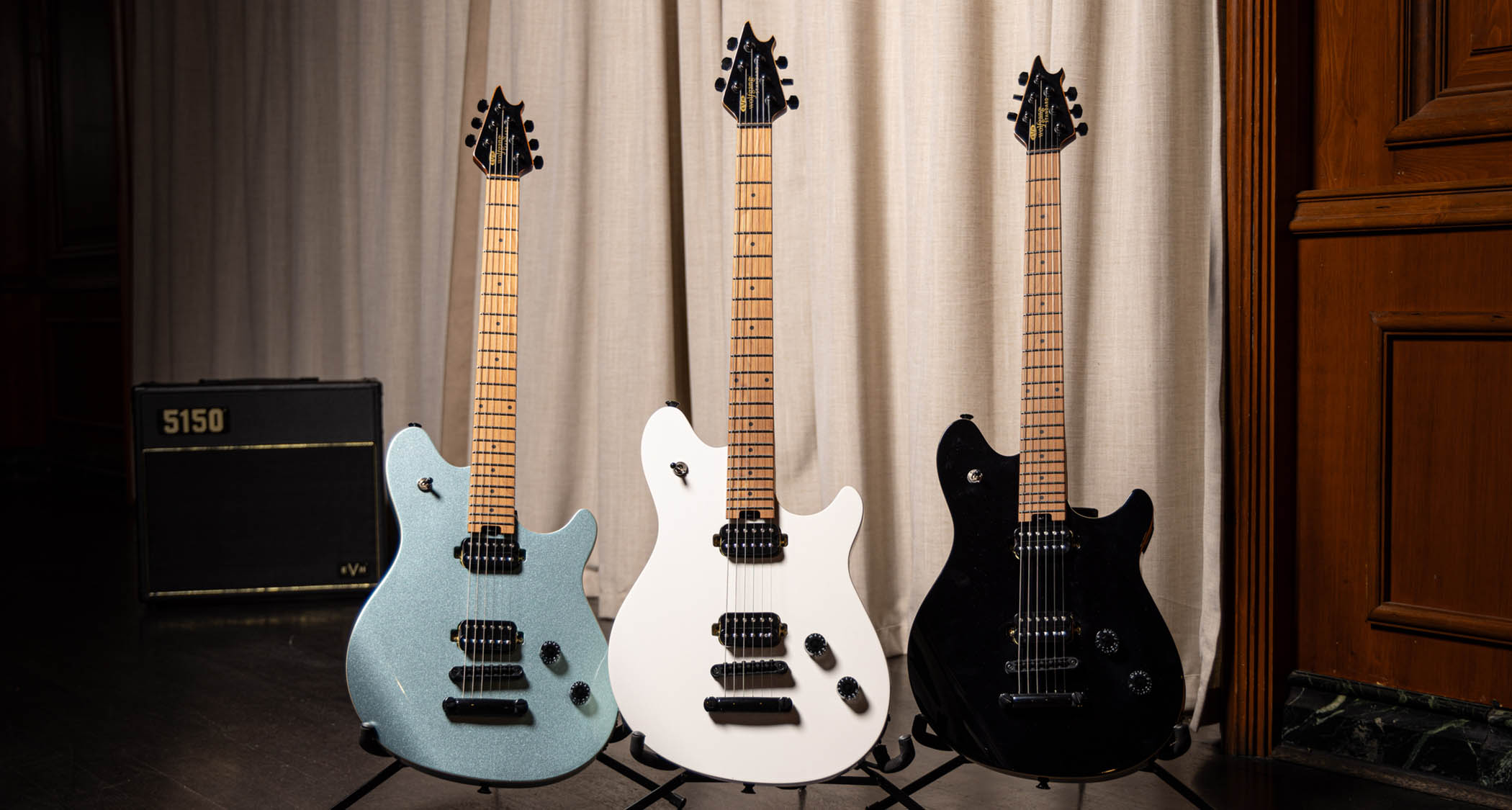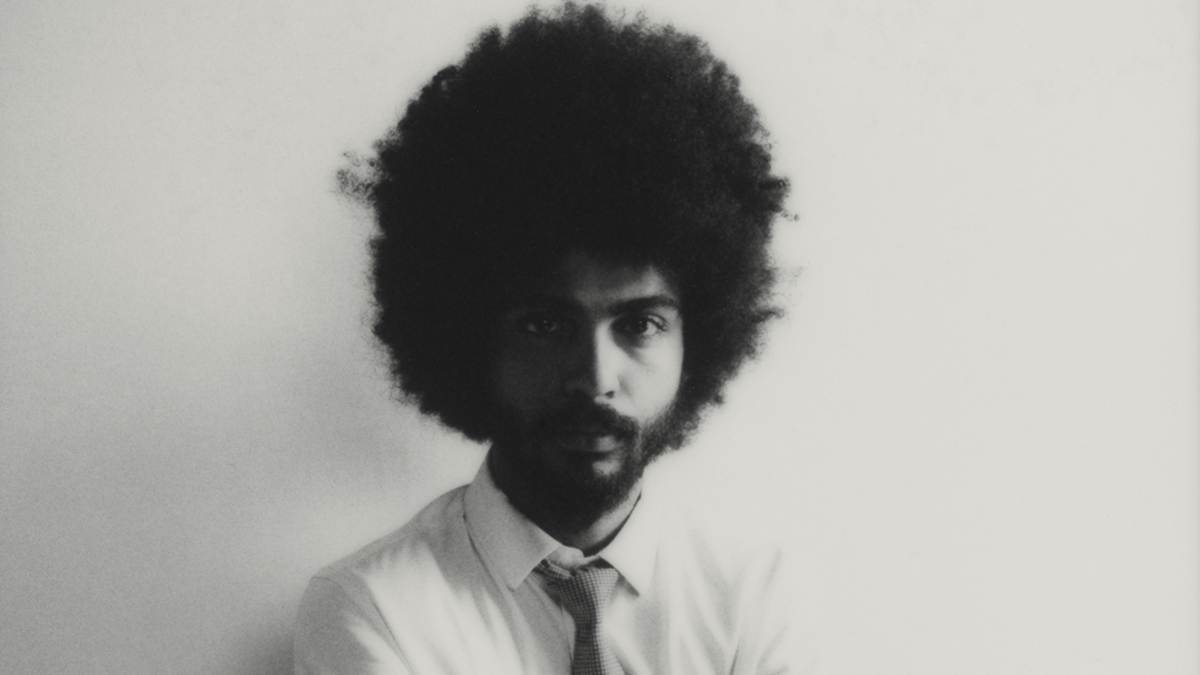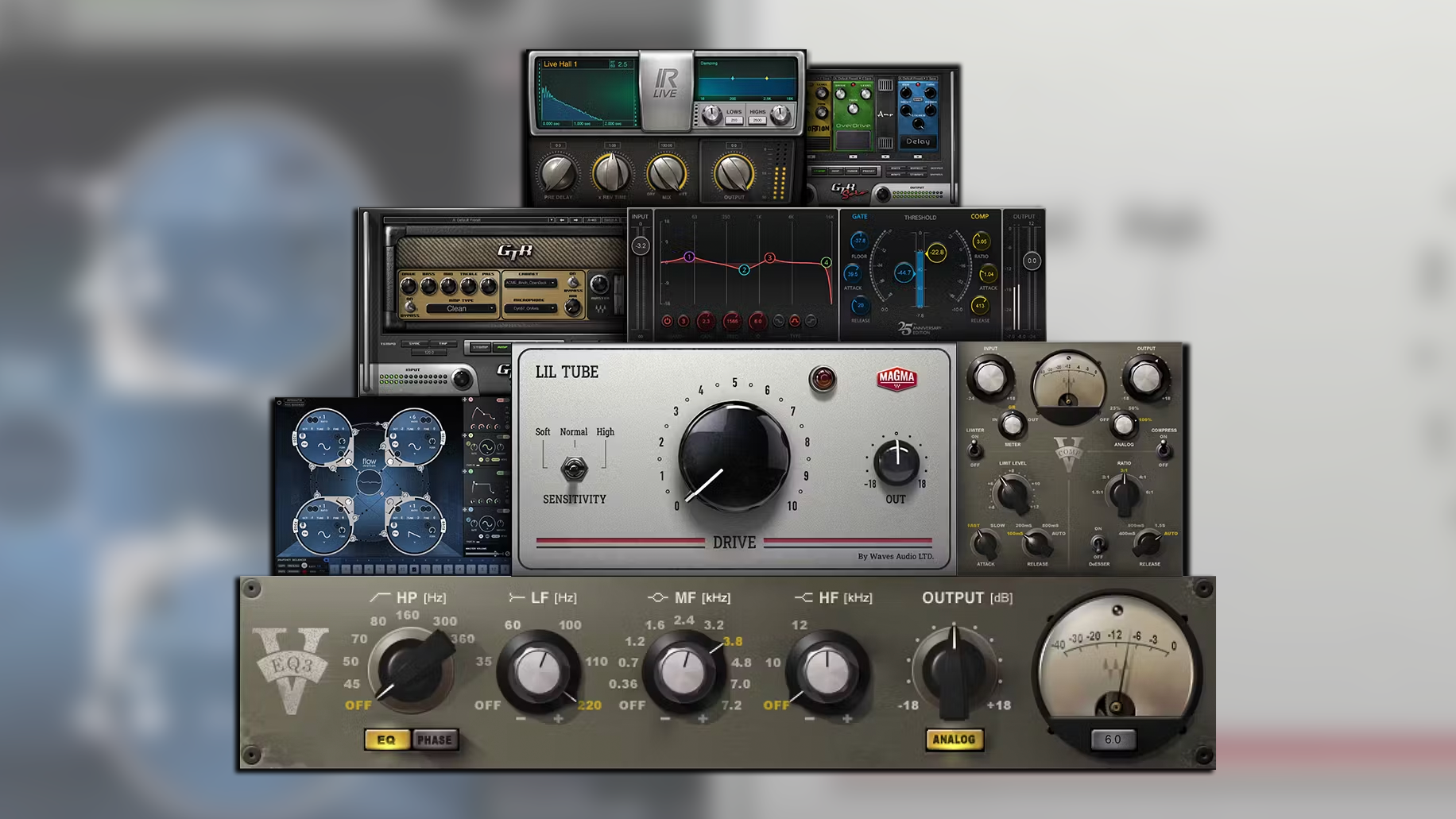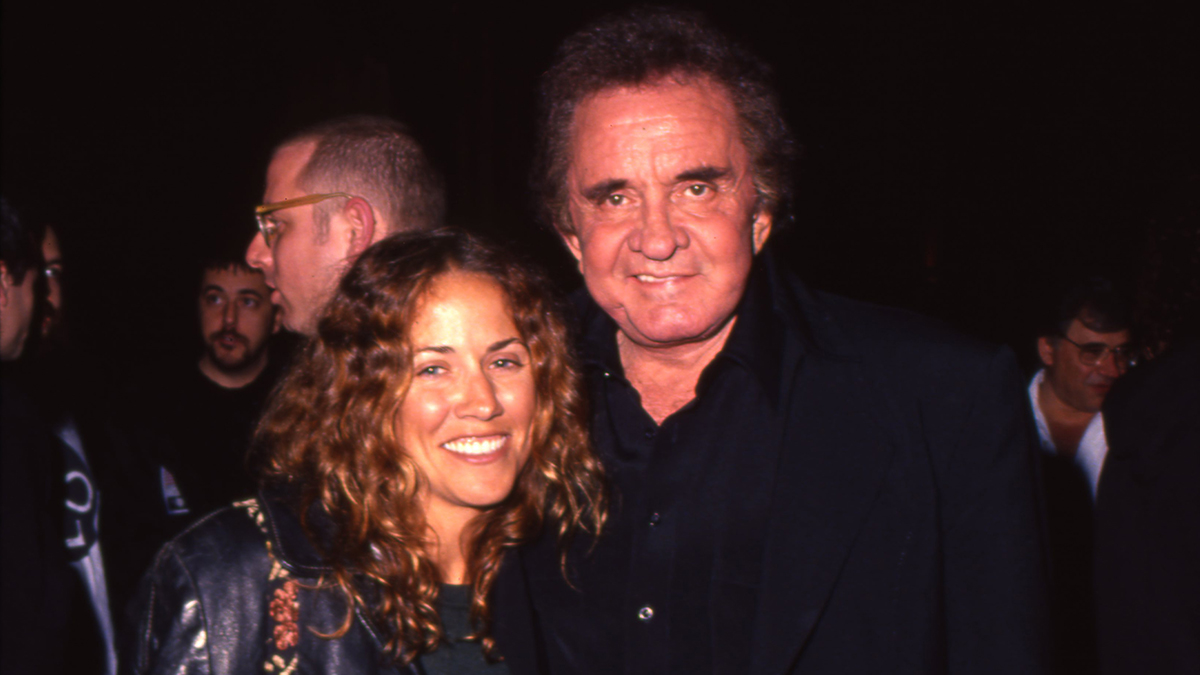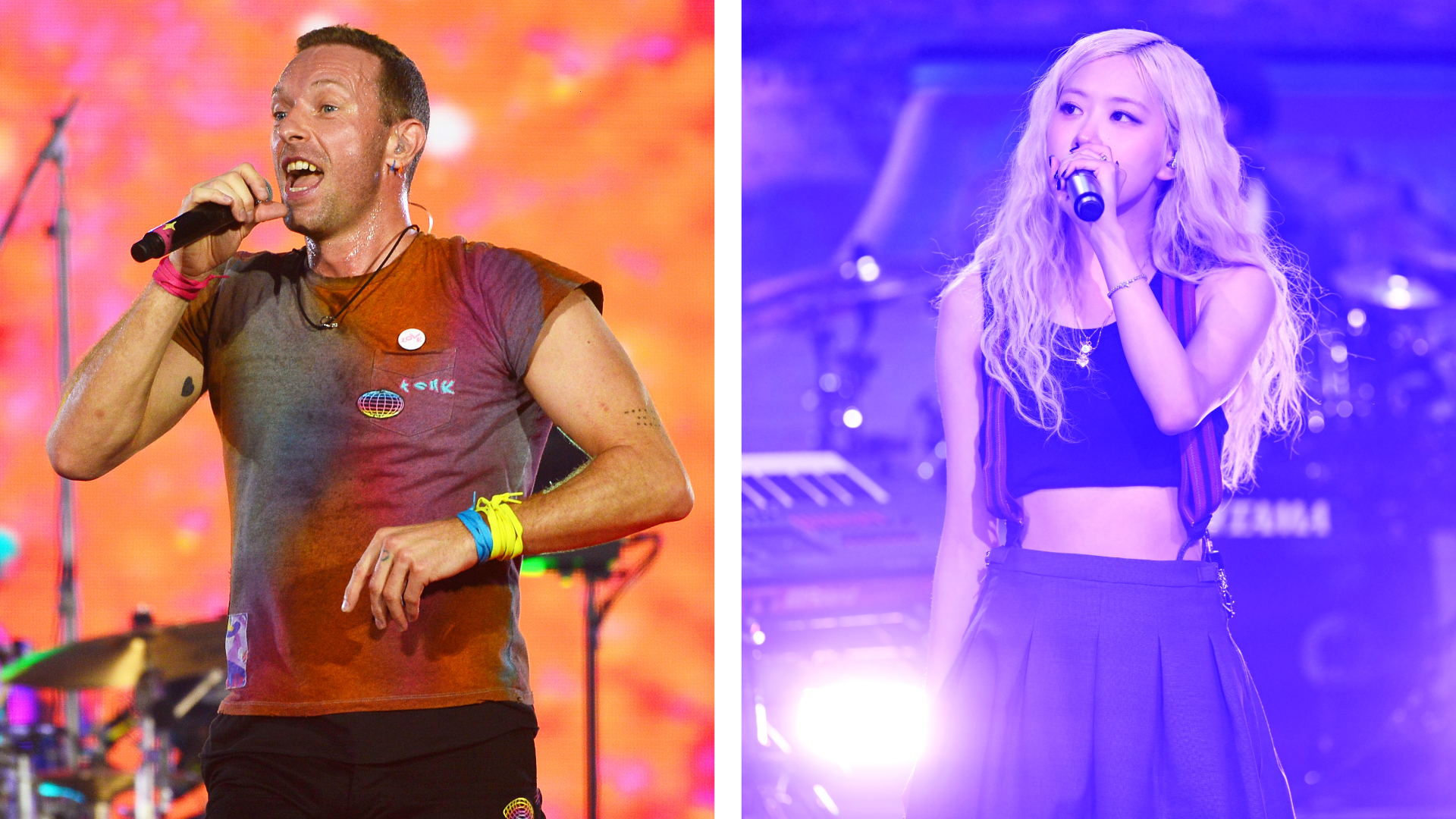Folly Group on recording their debut album Down There!: “I always thought the coolest music was recorded outside of studios - I wanted our records to sound like demos”
The rising UK post-punk outfit talk us through recording their hotly-tipped debut the 'punk way' and offer up three production tips

Marrying the snarling savagery of post-punk with an array of wider influences that spans dub, trip-hop and electronica, Folly Group is one of the UK’s most exciting new bands.
With a fresh and experimental outlook, the group’s debut album, Down There!, sets frontman Sean Harper’s sharply observant lyrics against a patchwork of angular guitars, restless percussion and squealing synth lines to exhilarating effect.
Alongside Sean, Folly Group’s Louis Milburn, Tom Doherty and Kai Akinde-Hummel self-produced the record in the backroom of a vintage gear store, making use of the various bits and pieces of equipment that would pass through the shop; this experimentation led to an eclectic palette of timbres and textures that mirrors the band’s complex, genre-blending musicality.
We spoke with Louis Milburn to hear more about the making of Down There! and he was kind enough to leave us with three production tips.
When did you all start making music, and how did you first get started?
“It varies for all of us but I started off in a very band-oriented way. I got a Boss BR-800 digital 8-track to record my first band that was inspired by stuff like The Buzzcocks. I always wanted to record our own music in this punk way instead of going into a studio.
I always thought the coolest music was recorded outside of studios by self-recording artists and wanted our records to sound like demos
“I got the BR-800 because I didn’t get computers at all. I always thought the coolest music was recorded outside of studios by self-recording artists and wanted our records to sound like demos. From there, I graduated to a Tascam 38 ½” inch 8-track tape machine and then eventually went on to Ableton and then Logic and then Pro Tools - it was a strange journey.”
Get the MusicRadar Newsletter
Want all the hottest music and gear news, reviews, deals, features and more, direct to your inbox? Sign up here.
“For other members of the band, they very much started with electronic music and Logic. Sean for example had a house music project as a teenager before later coming to the world of band stuff.”
Where was the album recorded and produced?
“The album was largely recorded at my work after-hours as well as my flat in Leyton. I work at a place called Funky Junk where we buy and sell new and used recording equipment, we have these rooms where we test the gear and we just about managed to stuff some drums and amps in there occasionally to be recorded with whatever just happened to be in and ready to be tested.
“This is great because sometimes you get to use some stuff you’d never have access to without spending loads of money, but sometimes you’d want to redo a synth part but the vintage Jupiter had already been sold and we’d have to change the sound of the part completely and use something else. In some ways this informed the sound of the project, using whatever equipment had been passing through at the time.
“I’d then take the tracking from there to my studio at home where I have a little mix room where I edit and process things. I have some distortion boxes, tape delays, spring reverbs and tape machines that things get a pass through to bring a bit more vibe to things. After that the record eventually went to the brilliant Matt Wiggins who mixed the record in his studio.”
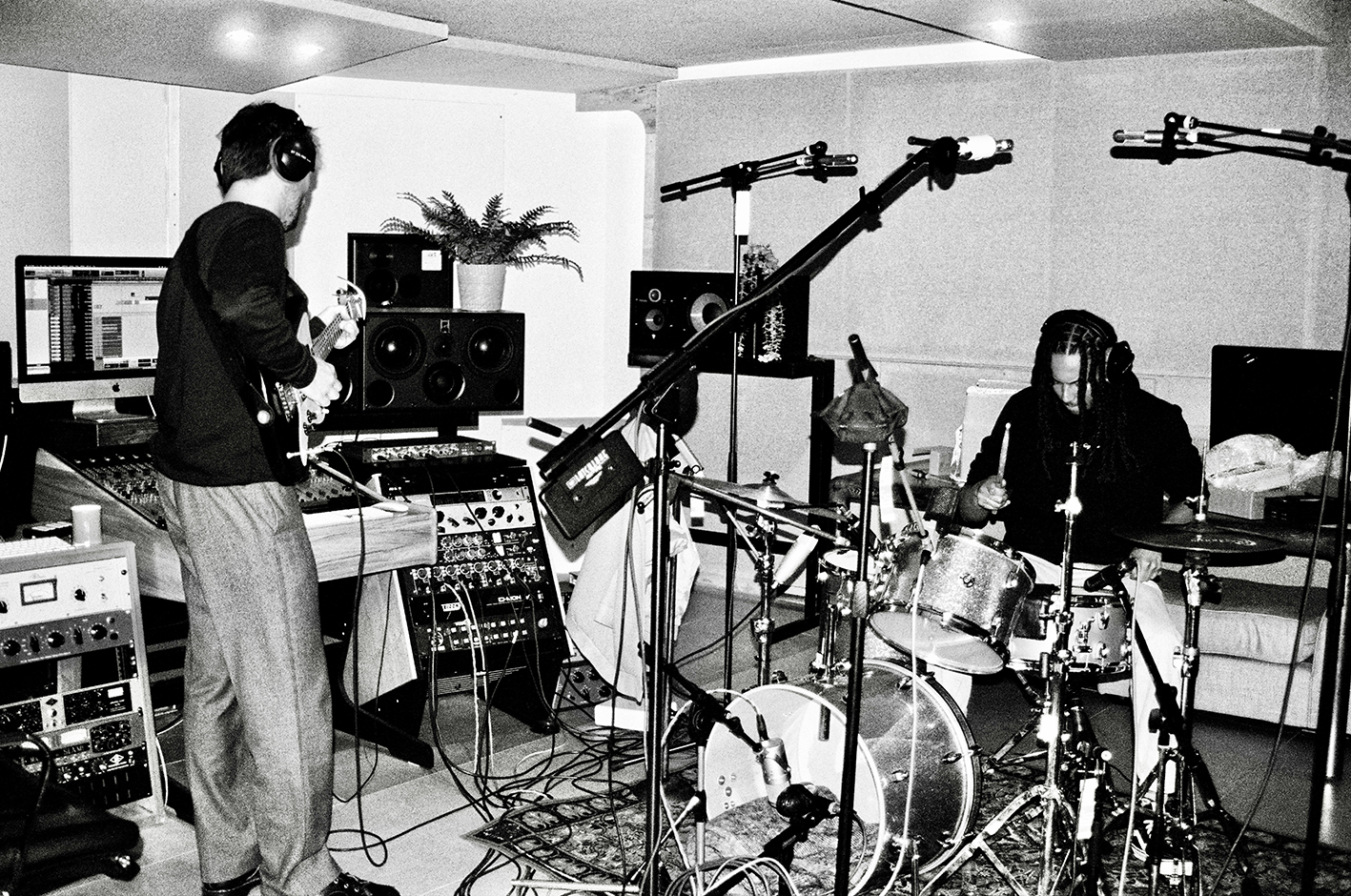
We’re told the band self-produced the project. How do you divide those responsibilities between yourselves?
“Generally we all chip in with writing individually which will form the basis of the programming and direction of the song. After that point I’ll take over and begin engineering the tracking, dialling-in drum sounds etc. Once the basic tracking is all done we commune and really finish off the tunes together adding more synth layers, sound design, BVs - either together or remotely with people sending parts over to me.”
Guitars are a central feature of your music. Do you have any go-to pedals or effects for processing these and nailing the Folly Group guitar sounds?
“There’s a few stages to the guitar sound, but the main part of the sound is the Z-Vex Lo-Fi junky pedal which is like a vibrato and compression box goes at the end of the chain after the delays and everything. This is key for getting the extreme delay stutters I like to do on my two Boss DD3s, as well as making my playing sound way more consistent than it actually is!
“Then I’ll record my amp with a condenser mic like a Soyuz Bomblet or a vintage AKG C414 to bring some brightness back into the sound and crank it through a tube mic pre. After that I’ll often send it to some tape delays and spring reverbs if needed.”
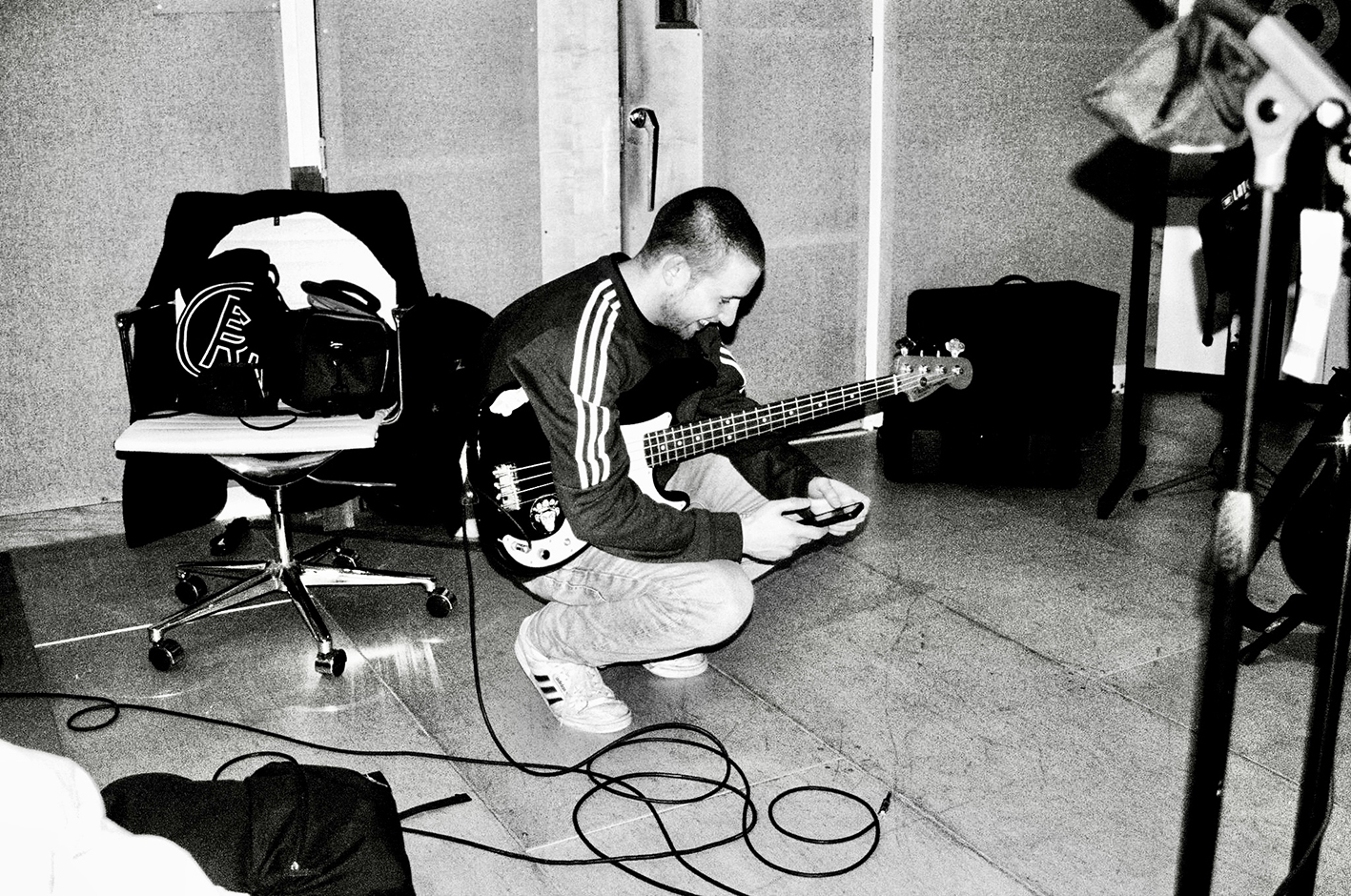
What kind of electronic elements do you incorporate into your sound? How do you strike a balance between incorporating these and other production-based details and retaining a ‘live’ feel?
“There’s quite a lot of programmed drums in Folly Group and we play live with a drummer on an acoustic kit and another one on a SPD reproducing the programmed sounds. Drums are very much the focus of the live show.
“On record, often it will be something that came from the demo that Sean or Tom have programmed in Logic which I’ll always print to tape or something to bring it into the real world. If it came from me it will be sampled drums via a Teenage Engineering KO-33 (on the song Freeze) or a drum machine loop I’ve made from the OP-Z (Big Ground).
“The key then for keeping this feeling live is to have a great drummer who doesn’t need too much editing (we’ve got two!). Then you go into the edit which is the hardest part: go too far and you kill the vibe, don’t go far enough and it sounds really sloppy. Thankfully Kai is always on hand to tell me when I’ve got it completely wrong.”
There are some interesting synth tones on the new record. I love that drone that can be heard in the intro to East Flat Crows - how did you make that?
“That was something Tom brought to the table with his original demo of that song. This tune has changed about five times but that sound stayed as it was key to the gloomy aesthetic of the song and really was a bit of a reference point for sounds throughout the album.
I ran it to cassette, layered it with a patch from a UDO Super 6, then played this all out my guitar amp in a warehouse and put a pair of mics down the other end of the room to capture the reverb
“Tom made the synth in Logic either using one of the stock plugins or something from Arturia Analog Lab. To make it weirder I then ran it to cassette, layered it with a patch from a UDO Super 6 and then played this all out my guitar amp in the warehouse at my work when we were closed and put a pair of mics down the other end of the warehouse to capture the reverb. I did this with a bunch of sounds throughout the record but the effect is quite subtle when mixed in.”
I was also drawn to the lo-fi keyboard sound and the distorted drums in the intro of Nest. What’s the story behind those parts?
“The flute-y sounding patch is a loop cut from a jam me and Tom did at my flat. He was playing my Behringer Pro-1 while I was messing about with an Eventide pitch pedal and recording the whole thing, I then cut this up to make the loop. I put the loop in our band WhatsApp group and within a few days Sean came back with the whole of Nest written - it was pretty crazy and we were all blown away by how cool his programmed drums sounded.
“I then put them through the Pope Audio Dirty-C chorus twice and hard-panned at different speeds to make them super wide and recorded the acoustic drum kit in mono to make it punch through the middle. I’m super happy with the effect that was created between the two.”
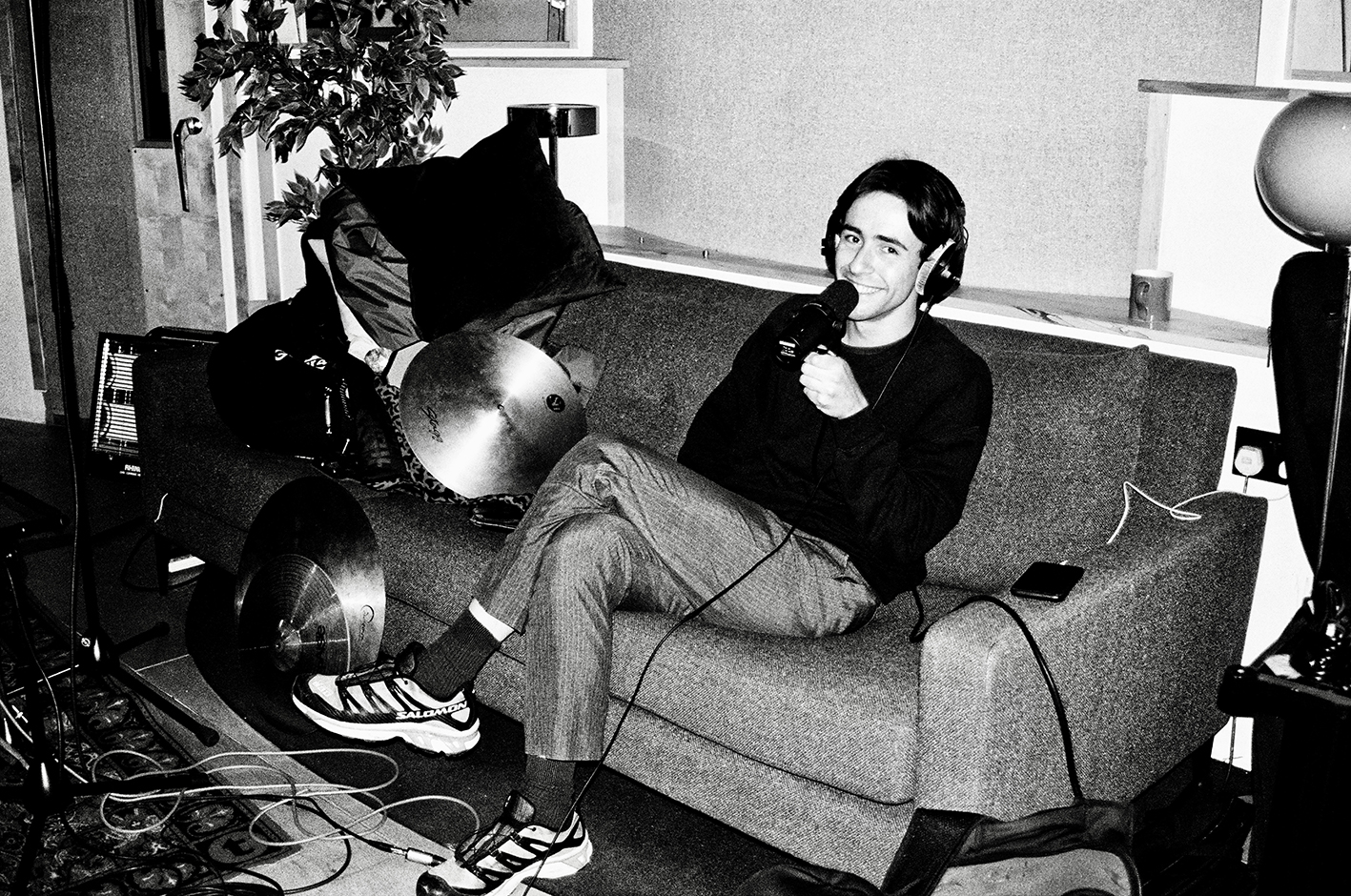
Are there any standout moments in the production of the new record that you’re particularly proud of?
“I think Strange Neighbour is probably from an engineering standpoint my favourite full-band recording I’ve done, but Nest has the coolest mix of electronic and acoustic production. Big Ground is the one I’m most proud of as it feels like we each really have a bit of ourselves in it.
“I wrote the basis for the song as a programming only number and then Sean came up with the doubled up drum kit rhythms, as well as taking on vocals as it suited his range better and even doing some crazy distorted prints of my programmed drums through his plugins on Logic.
“Tom then totally changed the second verse by adding this harmonic bass part and then Kai brought his signature brand of chaos in the breakdown which just adds so much energy which was really fun to do. He was playing some chair legs with drumsticks and I had that mic’d up and going through a delay pedal which I was modulating in real time.”
Did you face any challenges or learn any new techniques when recording and producing the new project?
“The challenge for the album was really representing ourselves and finding a way of recording that was authentic to us. The first EP had been recorded at home which we loved but was maybe a little lo-fi. The second EP was recorded in a studio which sounded maybe a bit too normal and like a classic band record to me. So it was about upping our game and sonics while still keeping our character.
The other guys all use Logic Pro to write in, but I’m on Pro Tools, which I had to learn when I started working in studios
“A technique I certainly got more into during this record was room micing, the rooms where we recorded the drums are quite dry and so to get a bit of space and energy around a drum kit or percussion you have to be quite creative with how you’re using room mics. On the drums it was generally a pair of Soyuz 013 FET pointed down at the floor to accentuate the reflections coming from there.”
What DAW (or DAWs) do you use, and why did you choose it?
“The other guys all use Logic Pro to write in, but I’m on Pro Tools, which I had to learn when I started working in studios. It’s super handy and fast for editing lots of audio which is what it comes down to when we’re together in the tracking mode.”
What one piece of gear in your studio could you not do without, and why?
“I’m lucky enough to work with Adam Pope who runs Pope Audio. Most of the record (apart from guitars) was tracked with his mic pre, the Pre-BX, as he was designing these at the time and was kind enough to lend me some of the prototypes. They impart a lot of colour on what you’re doing and make it sound like a record a lot quicker. His Dirty-C chorus was also on nearly all of Tom’s bass recordings of the record, sometimes a lot and sometimes just a tiny bit.”
What's the latest addition to your studio?
“I recently picked up a Fisher SpaceXpander which is an old Gibbs spring reverb fed by a tube amp stage. Super lush and great for spooky, dub soundscapes, which I love.”
What dream bit of gear would you love to have in your studio?
“In London space is the most expensive thing so I’m going to be really boring and say more space! It would be amazing to have my own space where I can have a kit setup all the time and we can record music faster… or maybe a vintage pair of Neumann M269/U47s.”
Folly Group’s Down There! is out now on So Young Records.
Folly Group’s three production tips
1. Move quickly
“Nobody wants to wait around while you get the phase just right on a drum kit or flick through a million synth patches. Keep things simple where possible and don’t doubt yourself. Sometimes the first thing you land on sounded right at the time because it was right!”
2. Use drones
“In Folly Group we strongly believe in the use of a drone in the background of a song. Vocal not sitting right? Try a nice, quiet synth pad behind it. Drums sounding odd? Use an ambient recording of a tube hurtling past underneath it. If you see us live you’ll notice just how much we lean on that crutch.”
3. Compress your delays
“To make a delay sound really extreme, try putting a compressor after it so it jumps up and is the same volume as your dry sound. This also works great for reverbs.”



I'm MusicRadar's Tech Editor, working across everything from product news and gear-focused features to artist interviews and tech tutorials. I love electronic music and I'm perpetually fascinated by the tools we use to make it. When I'm not behind my laptop keyboard, you'll probably find me behind a MIDI keyboard, carefully crafting the beginnings of another project that I'll ultimately abandon to the creative graveyard that is my overstuffed hard drive.

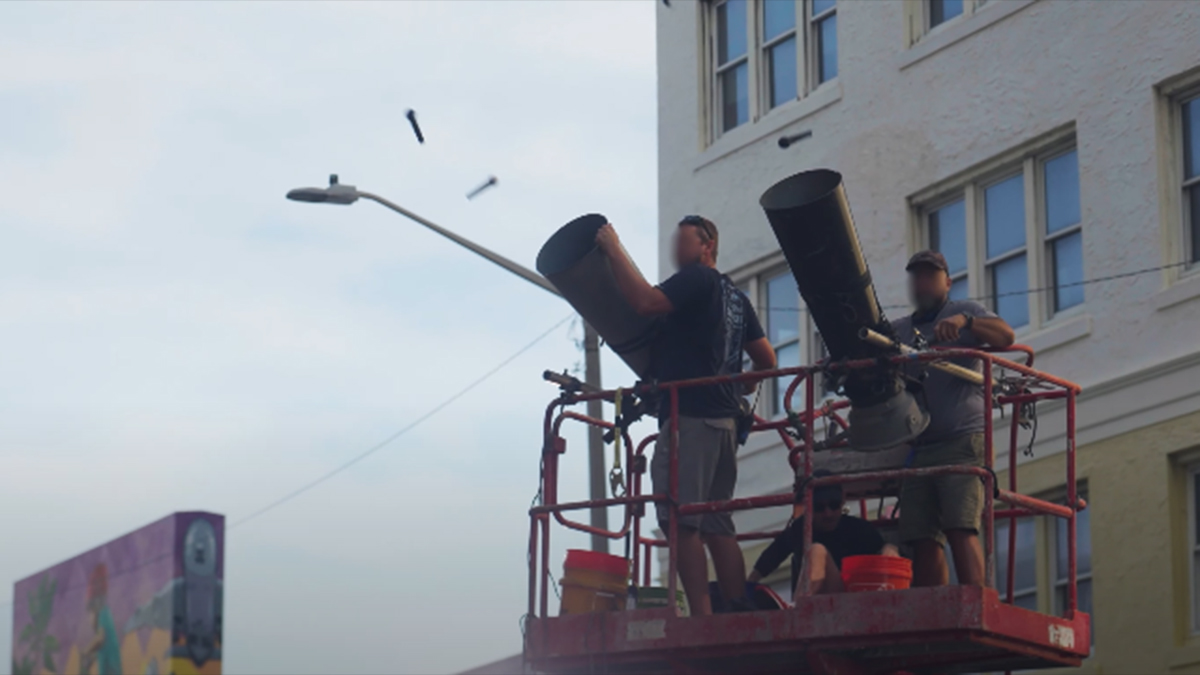
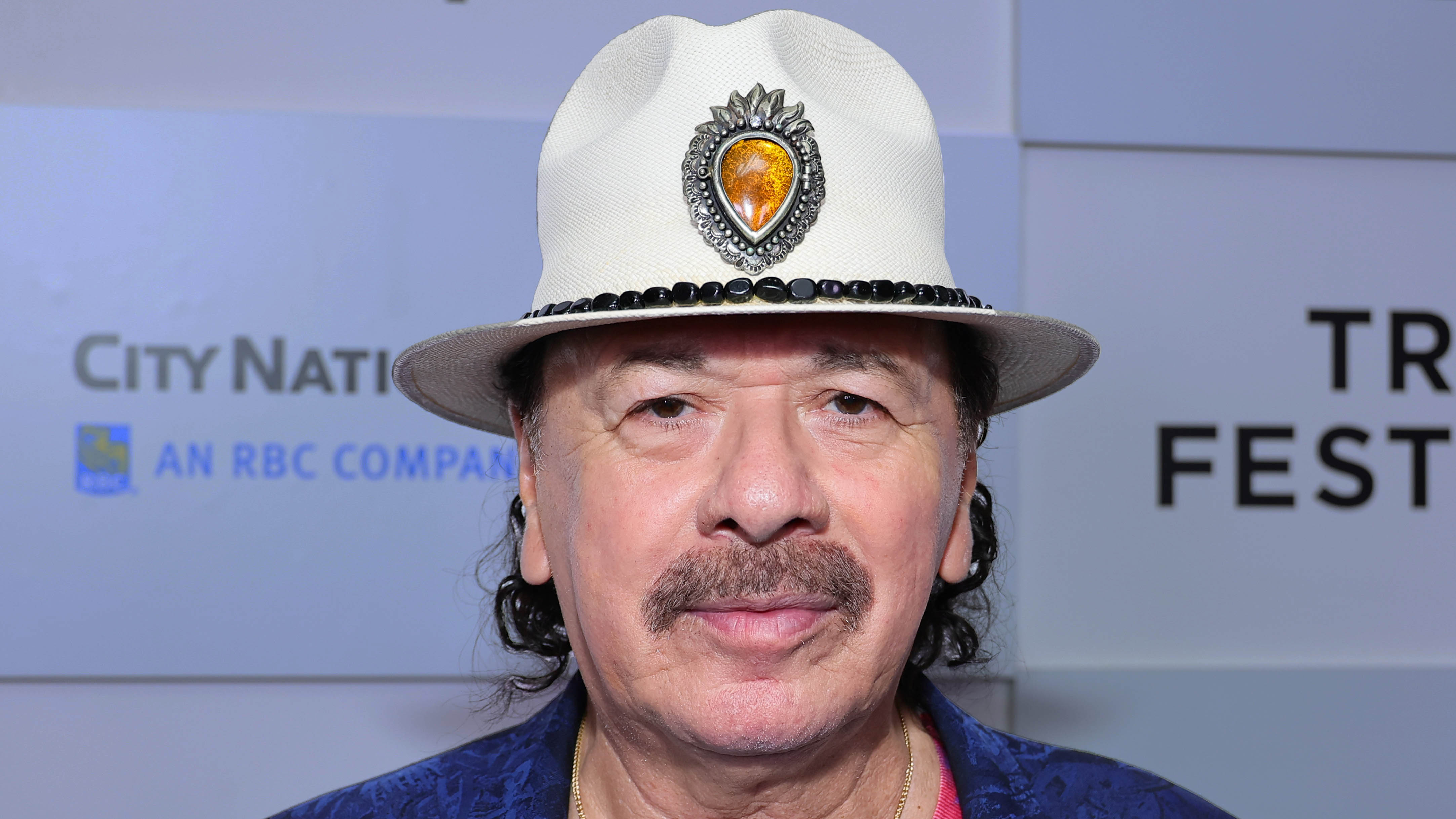
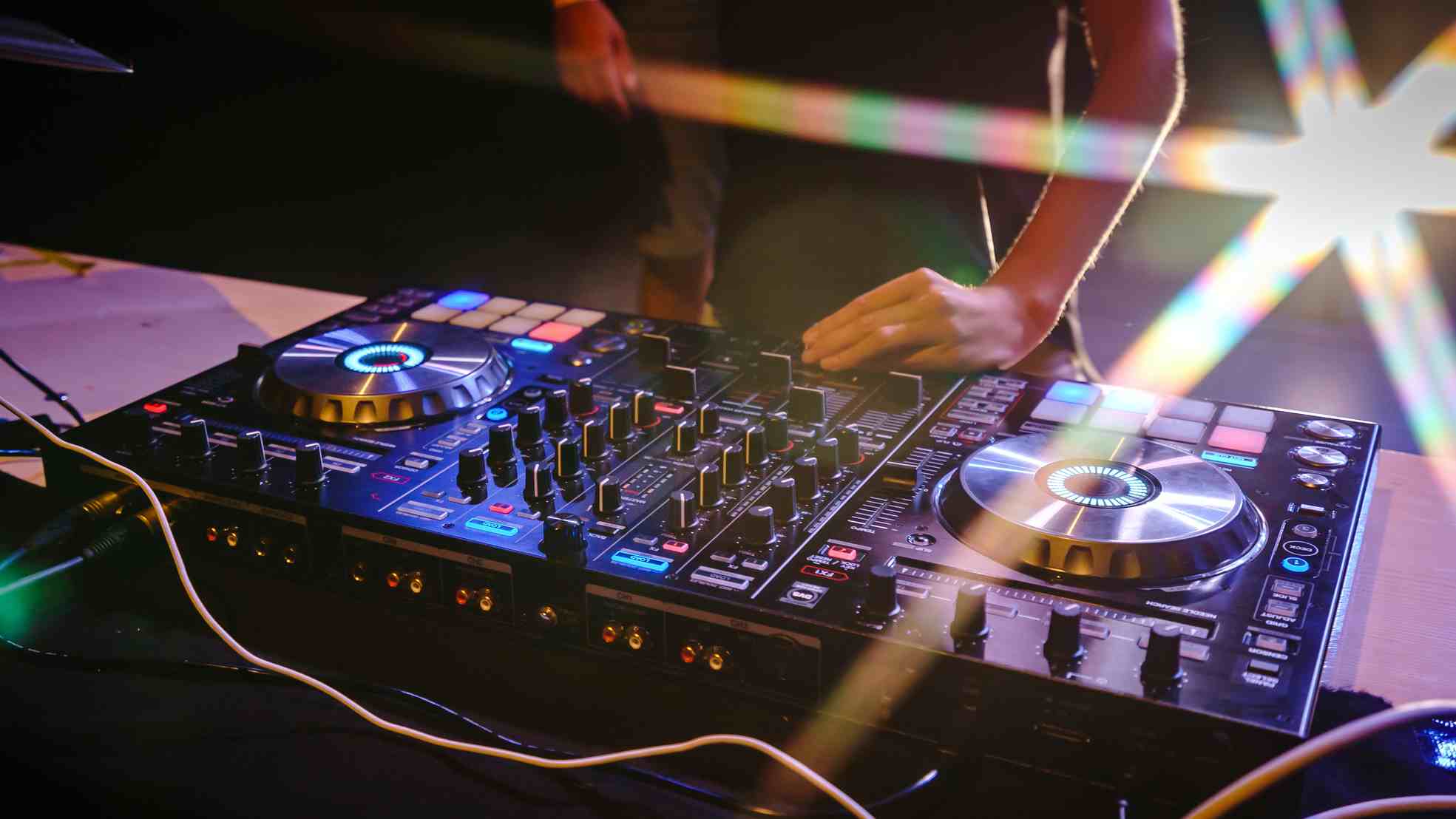
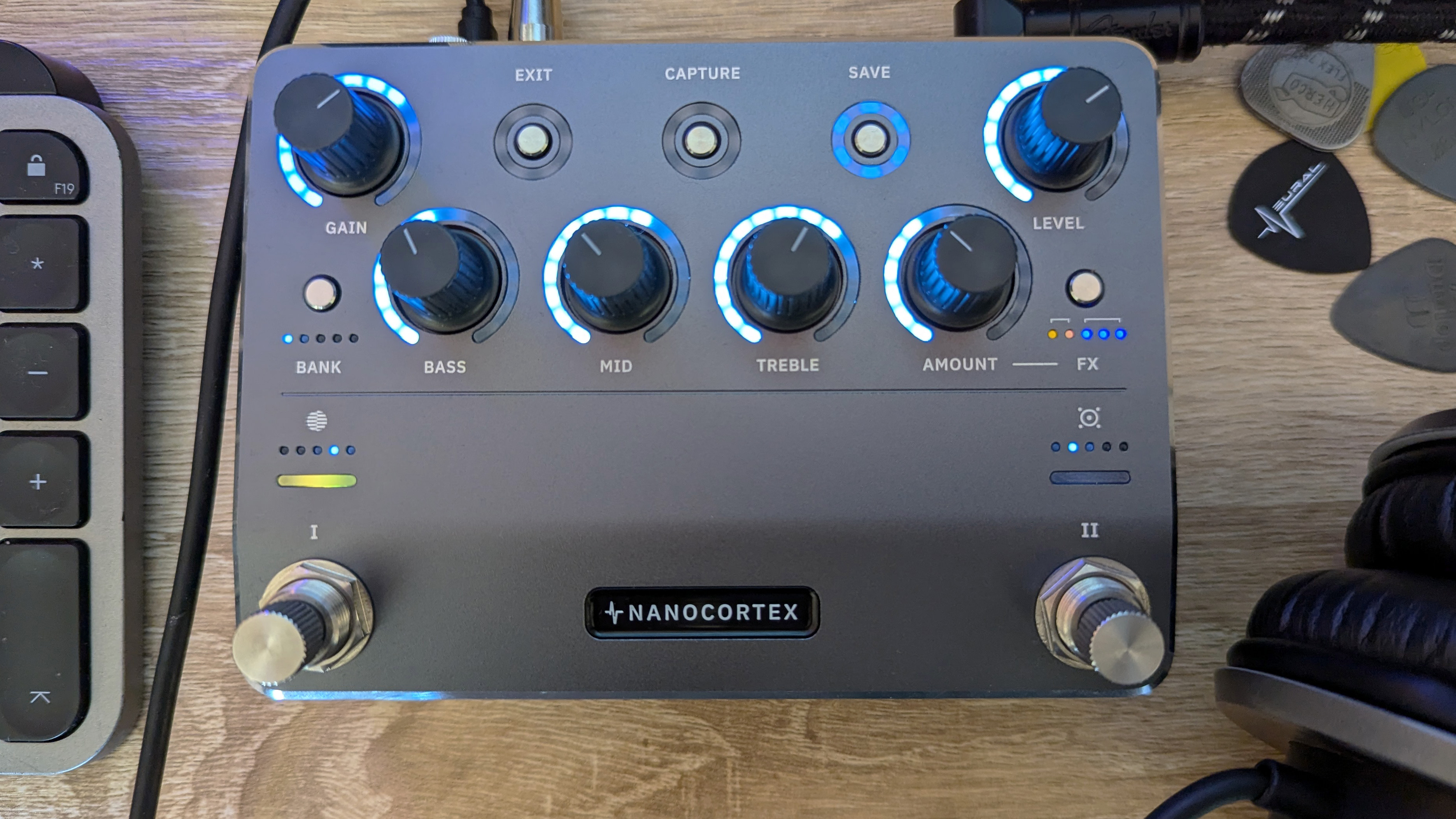
![Gretsch Limited Edition Paisley Penguin [left] and Honey Dipper Resonator: the Penguin dresses the famous singlecut in gold sparkle with a Paisley Pattern graphic, while the 99 per cent aluminium Honey Dipper makes a welcome return to the lineup.](https://cdn.mos.cms.futurecdn.net/BgZycMYFMAgTErT4DdsgbG.jpg)
